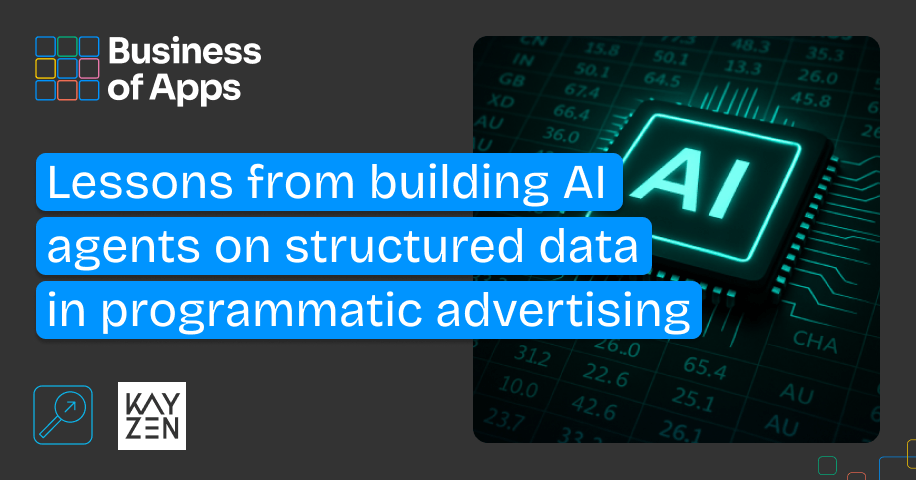The original premise of digital marketing was very lucrative: “Everything is trackable”, which sounded like a fantastic promise for advertisers.
This promise created an enormous opportunity for growth to both advertisers and advertising platforms. Tracking meant that advertisers could allocate and scale up their ad spend to the ad platforms that generated the best performance, and as performance could be attributed down to the individual impression that generated a click which generated a conversion (i.e. last touch attribution) – the formula for growth seemed to be unstoppable.
The biggest challenge with attribution, especially in the mobile app world, was that attribution mainly gave credit to the last ad a user engaged with – the last click, or the last impression.
This on its own created an extremely biased and distorted perception of performance, as high intent and bottom of the funnel advertising mediums (such as Search) received substantial credit, while almost all other contributing mediums and advertising channels had to somehow deliver value that was measured using the same weight.
Last touch attribution had another challenge, unintentionally skewing every ad platform and every optimization algorithm to search for the users who already had a high propensity to convert. Given that a user’s last engagement before the conversion point would get credit – why bother with going out to the open world to look for new conversions, when you can cast a net outside the advertisers’ front entrance?
Overly relying on user tracking attribution for performance optimization led many ad platforms to unintentionally cannibalize advertisers’ own organic new customer steam, as the alternative – i.e. targeting new user groups, would often not win credit, causing advertisers to downgrade, or reduce budget from the players who, ironically, would have been the most important for growth.
Incrementality levels the field
The future of measurement measures the incremental value an ad platform is generating. Not the number of clicks or individual users tracked. Instead, it focuses on the overall value contribution caused by starting, scaling, or even stopping a channel or campaigns.
The concept behind incrementality using causality (not to be confused with legacy incrementality measurement methods) is to track changes in marketing activities, creating thousands of measurements to understand the causal relationship between campaigns, channels, and overall performance within a given market while considering seasonality and external variables.

This form of incrementality measurement can only be achieved while understanding the overall marketing spend, and overall marketing performance.
How can DSPs utilize this data for optimization?
DSPs, and ad platforms that optimize advertising algorithmically using machine learning and AI are built to receive performance feedback to continuously make bidding, placement, and other decisions to deliver performance for advertisers.
While relying only on attribution data, ad platforms were skewed to target only the users who may have already been on their way to convert, while Ad platforms doing their best to target contextually and based on user demographics, often suffered not receiving the right level of credit at all.
Receiving incrementality metrics: Cost per incremental conversion, marginal cost per conversion, in different spend levels, and down to the granularity of ad groups, DSPs like Kayzen, are able to optimize advertising performance towards incremental performance, incorporating the concept of diminishing returns, and differentiating the campaign yielding attributed results vs. those that yield incremental results.

What about modeled conversions?
Given that incrementality metrics are measured in hindsight, with a delay of a few days. Real-time attribution or modeled attributed conversions allow optimization down to the individual ad unit, placement, publisher, and other device and user metrics while receiving directional feedback from an incrementality measurement engine such as INCRMNTAL creates an opportunity for true alignment between advertisers and the ad platforms delivering value.
Now that we’re in a world where user-level data is becoming less and less available due to privacy-related changes – advertisers are witnessing a world where they must rely on AI and ML to do most of the heavy lifting for them, trusting these platforms to model conversions and measure performance without the “certainty” of user tracking.
This process started several years ago already and will only continue accelerating as additional privacy changes are put in place.
In summary, remember that while users may no longer be trackable – that does not mean that advertising will stop being measurable. Marketing measurement should have always been about measuring VALUE. Not clicks.



